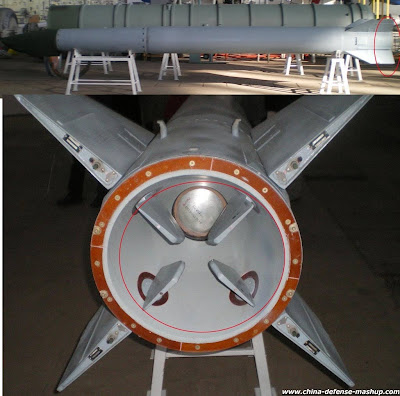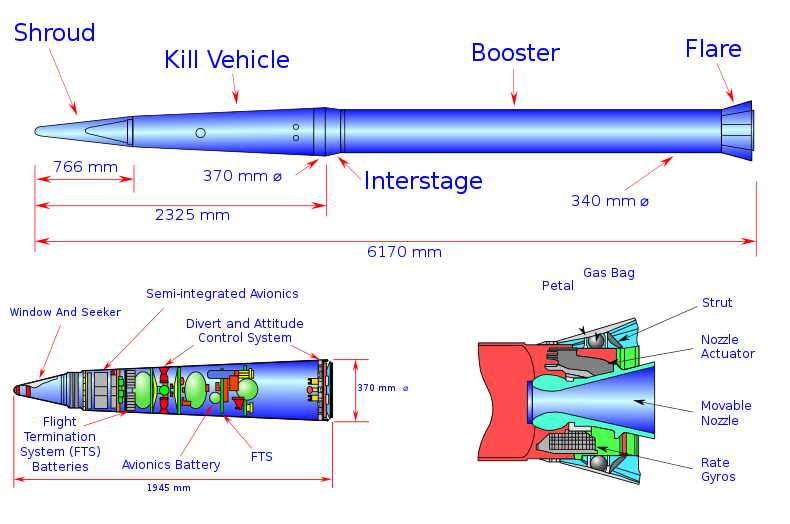on second thoughts, teh temperature and velocity of escaping gas may make it impossible... i am not sure but THAAD may use thrust vectoring.. its launch seems like that... or may eb we can use control like TOR which uses sudden gas emission (at launch) to manuever.. ? bcz settalite uses this technology.. and pak has made numerous satellites..
I know good control engineers are rare in pak (even in UK , many control eng are chinese)
@Technogaianist ur professional opinion on using thrust vectoring in missiles..
on 3rd thoughts (

if this kind of phrase exist)
the plane thrust vector control seems an ADD ON. i mean if we can develop this, we can use it on jf-17 whenevr mission reuires.. its not permanent...
An add-on kit is probably not useful or doable due to the unique stresses a missile would face during its flight time, add-on wings have been tried before:
This A-4 with wings crashed shortly after launch
Add-ons tend to throw off the aerodynamic performance of the missile.
Add-on motors are possible, and have been done on AShMs, but for SAMs, who may need to maneuver while in flight, add-on motors, veins or fins add extra weight that hampers the missile's performance.
Add-on motors tend to be dropped very soon after launch due to their aerodynamic inefficiency and weight.
SM-2 shedding its booster:
There are additional problems too beyond messing with the aerodynamics of the missile, which could make it unstable in flight during high-speed or high-G maneuvers:
1. storage: Quite a few modern missiles, like NASR, are stored in sealed canisters.
S-300:
Combat crews aren't going to have access to the missile to strap on an thrust-vectoring motor kit unless they want to compromise the integrity of the storage canister, and potentially render the missile unusable or too big to fit in the canister.
2. Speed: SAMs need to be mobile or they're toast. Static defenses end up like this:
Because they need to be mobile and be able to respond rapidly, how soon could an add-on kit be put on a missile during combat actions? Too late and you end up dead.
3. Modern SAMs also tend to have thrust-vectoring kits already in-place on the missile:
The veins on the end of this Indian AAD are thrust-vectoring fins.
Same here on this HQ-9
i am not sure but THAAD may use thrust vectoring.. its launch seems like that
THAAD definitely has thrust vectoring, but it's a builtin capability, not an add-on kit.
All-in-all, if you want a thrust vectoring missile, ballistic - like this Trident II D5:
Or SAM or A2A - like on this Japanese AAM 5:
It's best to start from the ground up and build a missile with built-in thrust-vectoring capabilities. Add-on kits add weight, limit aerodynamic performance, may make the missile less stable and are typically not retained long enough to be of any help.
Are they possible? Yes, thrust-vectoring add-on kits are possible, but I'm not aware of a single SAM using them anywhere in the world.




 if this kind of phrase exist)
if this kind of phrase exist)












